Augmented reality: The future of precision dairy farming
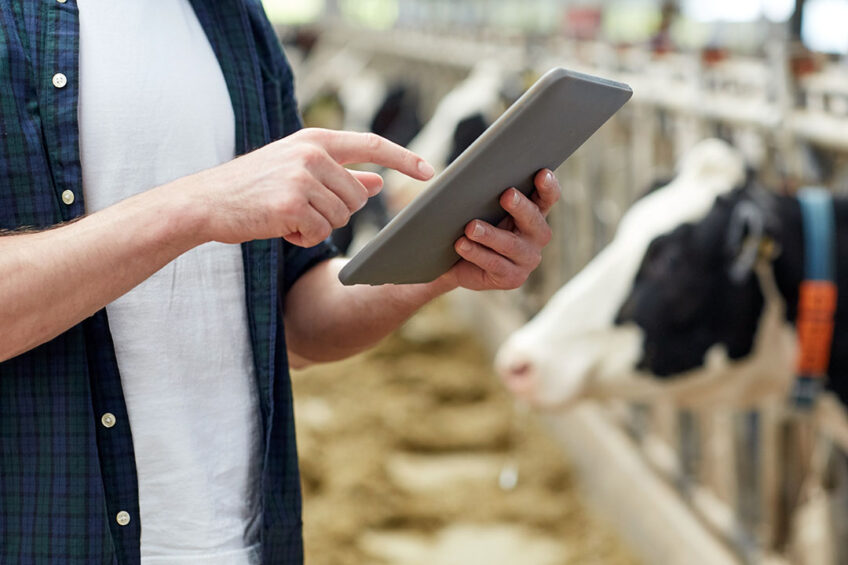
With the foreseeable increase of the world’s population and the expected rise of dairy consumption in the future, there will be an inevitable need for precision dairy technologies that will help cope with future challenges.
The world population will increase by another 2-3 billion in the next 50 years and by year 2067, the per capita consumption of dairy products is expected to rise from 87 kg per person to 119 kg per person.
As a result, the dairy production would intensify even more with farmers aiming to maximise output per animal unit and it would decrease the stockperson per animal ratio. This will lead to less time available to monitor and manage individual animals properly, jeopardising animal health and welfare. Therefore, there will be an inevitable need for precision dairy technologies which provide effective tools to cope with these challenges and to control qualitative and quantitative parameters related to dairy cattle health and welfare.

Efficiency in dairy cattle management
One of the methods to identify individual cow and to maximise efficiency in dairy cattle management is radio frequency identification device (RFID) that contains an embedded microchip that is attached to a regular ear tag.
Although the identification of individual cow using RFID has enabled routine data collection related to that individual cow in the herd, it is impractical to utilise the RFID technology to identify or locate when grazing. However, the ability to match said data with an animal in view is limited by her identification, whereas the display of near or real-time information when in view provides much application.
A different approach to reducing methane
Cargill and ZELP recently announced a partnership to combat methane emissions in the dairy sector. Their new innovative solution has potential to reduce methane by over 50% and offers new insights into cow health and performance. Read more…
Augment Reality (AR) provides a possible means for overcoming such limitations. Over the past decades, dairy farms have adopted innovative technologies to improve their productivity, profit, and animal welfare. Along with the increase in data collection and analysis, the aim of AR is to highlight specific features of the physical world, to increase understanding of those features, and to derive smart and accessible insight that can be applied to real-world applications.
What is Augmented Reality (AR)?
AR is the real-time use of information in the form of text, graphics, audio, and other virtual enhancements integrated with real-world objects. AR creates the visual perception that virtual images seamlessly co-exist in the real world. This technology allows farmers to manage animal husbandry in line with precision livestock farming principles.
Technical requirements of augmented reality systems
Augmented reality systems are associated and implemented in different devices, such as personal computers, head mounted devices, smartphones, tablets, etc. The AR system is a combination of several hardware and software technologies working together to bring in an interactive experience of a real-world environment. In the AR system, the objects that reside in the real world are enhanced by computer-generated perceptual information across multiple sensory modalities and blending of interactive digital elements as described in following sections.
Sensor: Smart glasses
Smart glasses (goggles) are essentially head-wearable miniature mobile computers that provide a see-through display at eye level, where the augmented content (e.g., image, text, video) is projected without occluding the real-word view.
Software interface
Software interface integrates the inputs from the input devices and sensors, sends them for processing and provides adequate information for the display devices in the AR system.
Processor
Processor receives instructions from program memory and executes instructions. The power and capability of an AR processing unit depends on the amount of information that needs to be processed per unit time.
Display
Display is the output and can be a monitor, a handheld device, eyeglasses, or Head Mounted Displays (HMD).
Reducing risk of injuries on dairy farms
A new study shows that injuries on farms are more likely to occur through interaction with large livestock than any other operations, and that the risk of injury on cattle farms is 3 times higher than on pig farms. Read more…
Possible on-farm application of augmented reality
AR provides useful information on the individual cow about the identification, health status, productivity, feed ration, heat signals, how much a cow has eaten and its inactive behavior, etc. Below we further discussed ‘locate cow’ and ‘display cow’ functions of the AR system.
Locate cow function
The ‘locate cow’ function in the AR application can help farmers search for a particular cow. For example, if the cow behavioral data identifies a health concern or the need for a management intervention such as an estrus event, the AR system will provide an alert and the farmers can locate that cow by the AR application’s navigational instructions on the mobile device’s screen.
Display cow function
Using the ‘display cow’ function, the farmer can click on any cow on the screen of the AR application to view the information associated with that cow such as her behavioral, current milk production, weight, parity, age, etc. This function can help farmers quickly identify and view cow’s information without having to walk too close to cows to retrieve the information from the RFID ear tags attached to the cow.
What is the future of augmented reality?
AR as a technology will improve the way we work and live in the future in a variety of ways such as personal telemedical cattle care, teaching students cattle handling skills safely, and anticipating aggressive behavior in cattle, to name a few.
Personal telemedical cattle care
Telehealth and telemedicine have been growing in importance in serving the population with healthcare. As these new areas emerge, they are prepared for advances in the AR for incorporation into the delivery of healthcare. Telemedical cattle care applications can be developed demonstrating a care plan for an individual cow, indicating care and medications needs to be taken, management plans to be completed, and general daily tasks to document.
Teaching students cattle handling skills safely
In the cattle handling experience at the university, the students have to move the cattle between yards using the animal handling techniques they have learnt in class. The AR training will make courses that involve live animals safer for the students and the animals. Therefore, students can capture and share the information on dairy cattle handling in the best possible manner.
Anticipating aggressive behaviour in cattle
By observing dairy cattle activities and recording vital signs through sensor technology, novel solutions using the AR systems can be designed to anticipate and prevent aggressive behaviours. Using real-time data and simulations, it can be predicted how cows will respond in particular environments, as well as to changes in barns, pens and populations. The AR technology allows comparisons between predicted behaviour and actual behaviour, providing insight to improve the cattle welfare.
In conclusion, smart dairy technologies increase the farmer’s ability to keep contact with individual animals in the growing livestock production intensification. The AR application is an efficient and feasible method in solving real-world problems in precision dairy farming. However, further research needs to be done to design different detection algorithms exploring AR tracking. Additionally, some other functions could be designed to better help dairy farmers by providing reliable and accurate data for management and planning purposes.
Co-author: Hossein Taheri, assistant professor, Department of Manufacturing Engineering, Georgia Southern University
 Beheer
Beheer

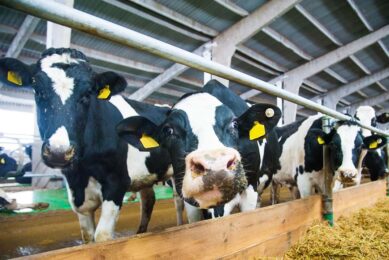
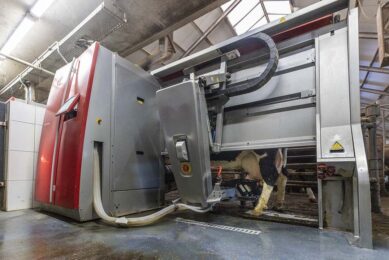
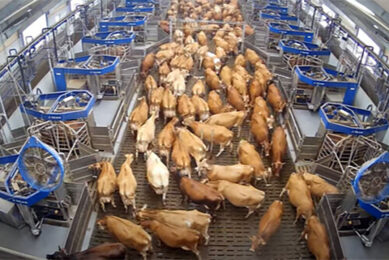
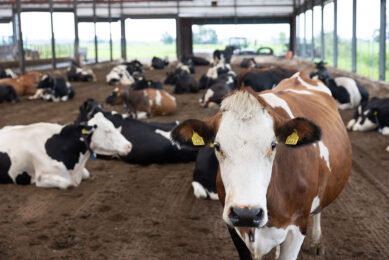
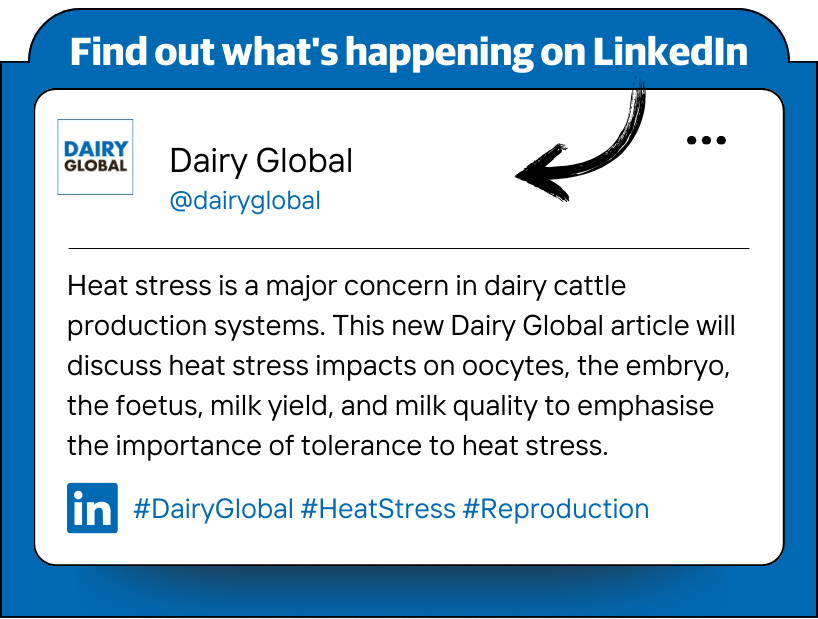



 WP Admin
WP Admin  Bewerk bericht
Bewerk bericht